Lifestyle - Interview
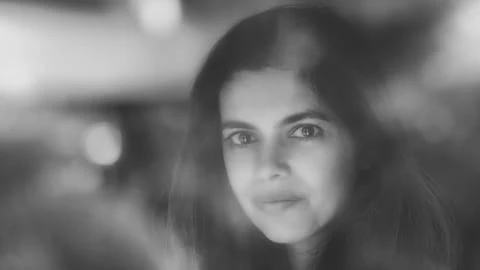
Interview with Rohina Hoffman, Fine Art Photographer
Lifestyle - Interview
by Melisa Kaya
Hair is the part of women that they can shape to change their appearance and use it to reflect their personality. Therefore, hair has a very important place in their lives since the day they were born. The hair, which was first shaped by a tiny buckle, has many different shapes and colors over the years. Rohina Hoffman created an exciting project about women and their hair and wrote Hair Stories, which contains portrait photographs and stories about their hair of 37 women. She spoke with women of different cultures, different ages, different hair colors and types, listened to their stories, photographed each one in detail. The work, which takes about one and a half years, was completed in December 2017. Rohina Hoffman was awarded many prizes with her creative project. She brought all this work together, and she published "Hair Stories" in March 2019. There will be solo exhibitions in the coming period to showcase the Hair Stories project. I talked to Rohina Hoffman on this busy calendar and asked questions about her career and Hair Stories project.
Rohina, before talking about photography, could you tell us about yourself? Who is Rohina Hoffman?
I am an Indian-American, born in India but raised in NJ from the age of five onwards. Now I live in southern California. I am a mother and wife, and I have two dogs that make my home complete. I have a B.S. and M.D. from Brown University and am a neurologist but have shifted my path recently to pursue my passion for photography full time. I am an avid reader, traveler and am quite sentimental. I am curious about people and my favorite question is “why?”.
You are a neurologist who graduates of Brown University Medical School. What is the inspiration for your passion for photography?
My inspiration for art, in general, comes from my family. Although I come from a family of doctors, everyone in my family always pursued some type of art as a hobby. My mother painted, and my father took photos with his Minolta and made slide shows for the family. Art was always encouraged and almost ingrained in our DNA.
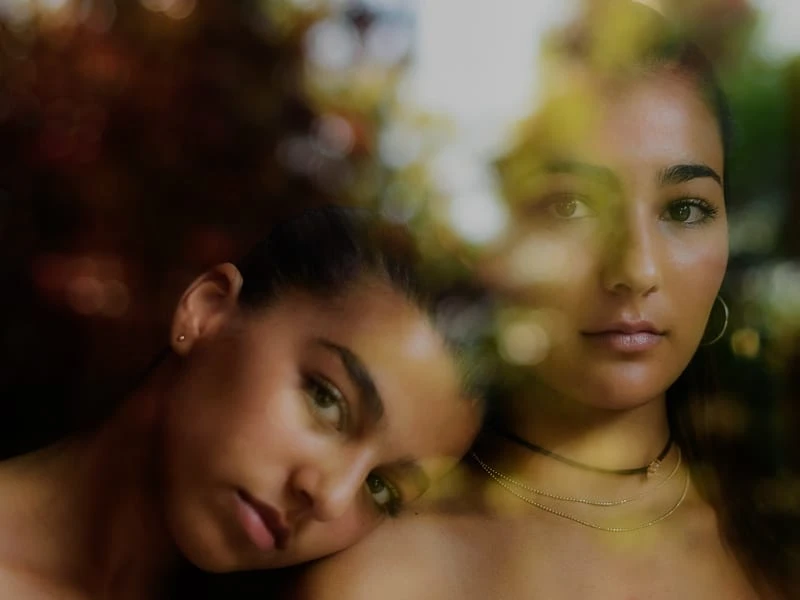
Tara and Nikki - Photo by Rohina Hoffman
When did you get your first camera? Do you remember the first photo that you shoot with it?
I received my first camera, a Canon A-1 when I was in high school, and I still have it today. It was a gift from my father who did the research and then bought it for me knowing I was interested in photography. I had a high school teacher, William Bullard, who was my English teacher and also taught photography. I remember not being able to fit photography into my course schedule but he was willing to teach me in his free time by giving me assignments, and that is how I got my start. I don’t recall the first photo I took, but I do remember a myriad of photos of my high school friends, always my subjects, and some of the NYC skyline. I was mesmerized by capturing its reflection in every window.
You have started your photography career in a newspaper. How did it affect your point of view?
One summer during high school I had an internship in NYC working for a newspaper where I wrote and took photographs for them. My angle was youth-oriented, and I had free rein. I loved the interviewing aspect even then, a constant theme in my work, and connecting with my subjects. The photos I made, however, were more straightforward, journalistic.
After high school, I went to Brown University’s 8-year PLME (Program in Liberal Medical Education) program, and I continued taking photos for the college newspaper, and was given assignments and found it was a way to keep my photography/darkroom skills alive and the aspect of the discovery of people and my surroundings. Because of the PLME program, I had the good fortune to experience a range of curricular offerings including photography at RISD (Rhode Island School of Design). After medical school, I went on to UCLA and did my training in neurology but always took photos as a hobbyist when I had time especially as digital devices became so popular.
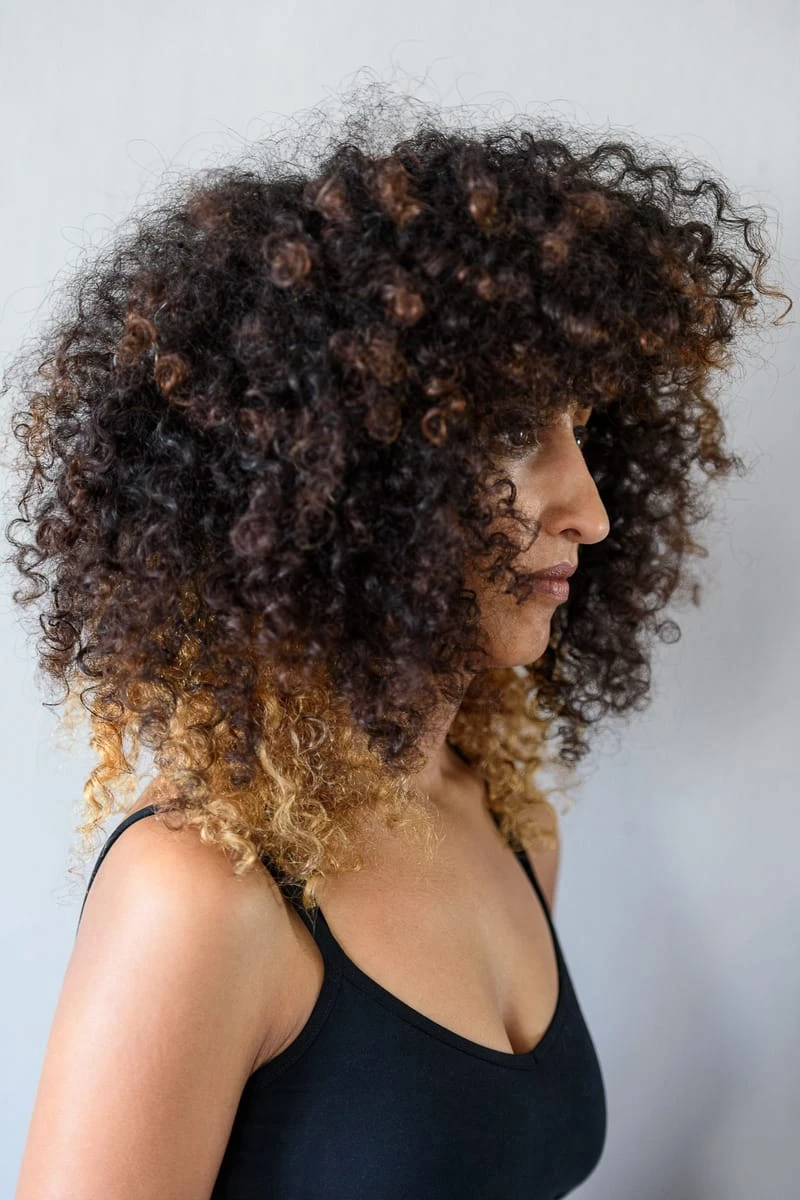
Yasmine - Photo by Rohina Hoffman
Why did you decide to establish your own studio?
I decided to finally put neurology “on the backburner” so I could pursue photography full time. I decided it was time to do what I loved and not just as a hobby. I spend my time pursuing fine art projects as well as client work.
What kind of services do you offer to your clients?
I offer in home or on location fine art portrait sessions. I especially enjoy photographing women and teenagers, two groups that I naturally gravitate towards. These sessions are fun, collaborative, unique experiences where we create images that can be printed and framed and displayed as fine art. I offer printing services to my clients as well. I often shoot in my clients’ homes and will help choose wardrobe, and we can try many different looks. I find that some clients are most comfortable in their own environments and these portraits become even more special as the backdrops are unique and meaningful.
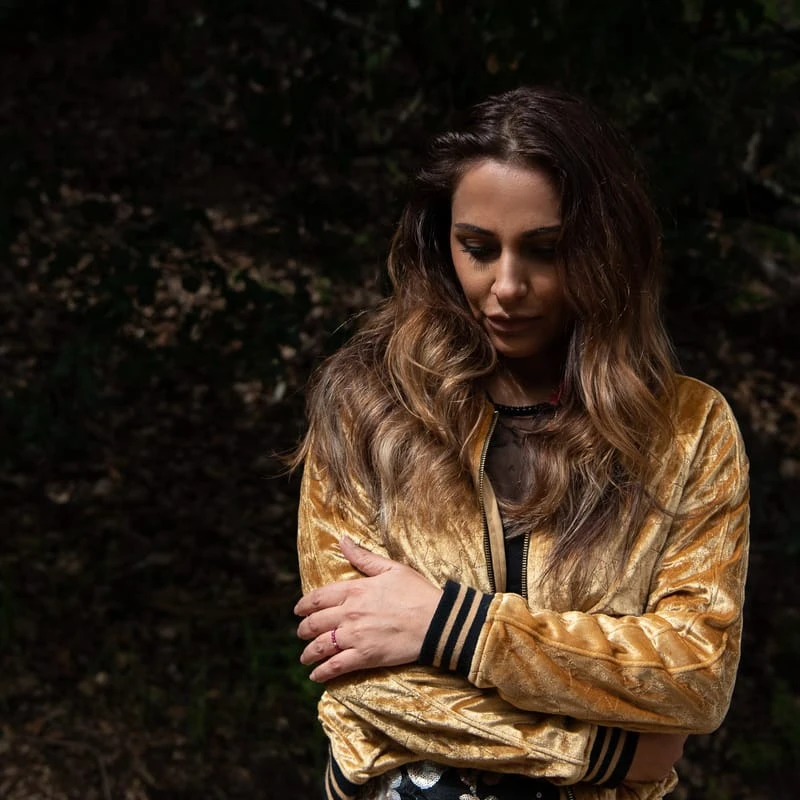
Archna - Photo by Rohina Hoffman
How did your interest in fine art photography has begun? What is the most special aspect of fine art photography for you?
I started taking classes in fine art photography at the Los Angeles Center of Photography and was very much influenced by my mentor there, Aline Smithson. Fine art is special in that your inner creative voice is central to each and every photograph. I love that you really get to create from your own ideas and experiences.
Portrait photography has an important place in your career. What do you enjoy most about photographing people?
I have always photographed people. I absolutely love connecting with them. I think the whole foudnation of the subject/photographer relationship is based on trust and connection. If they trust me and we can connect, it will show in the photograph.
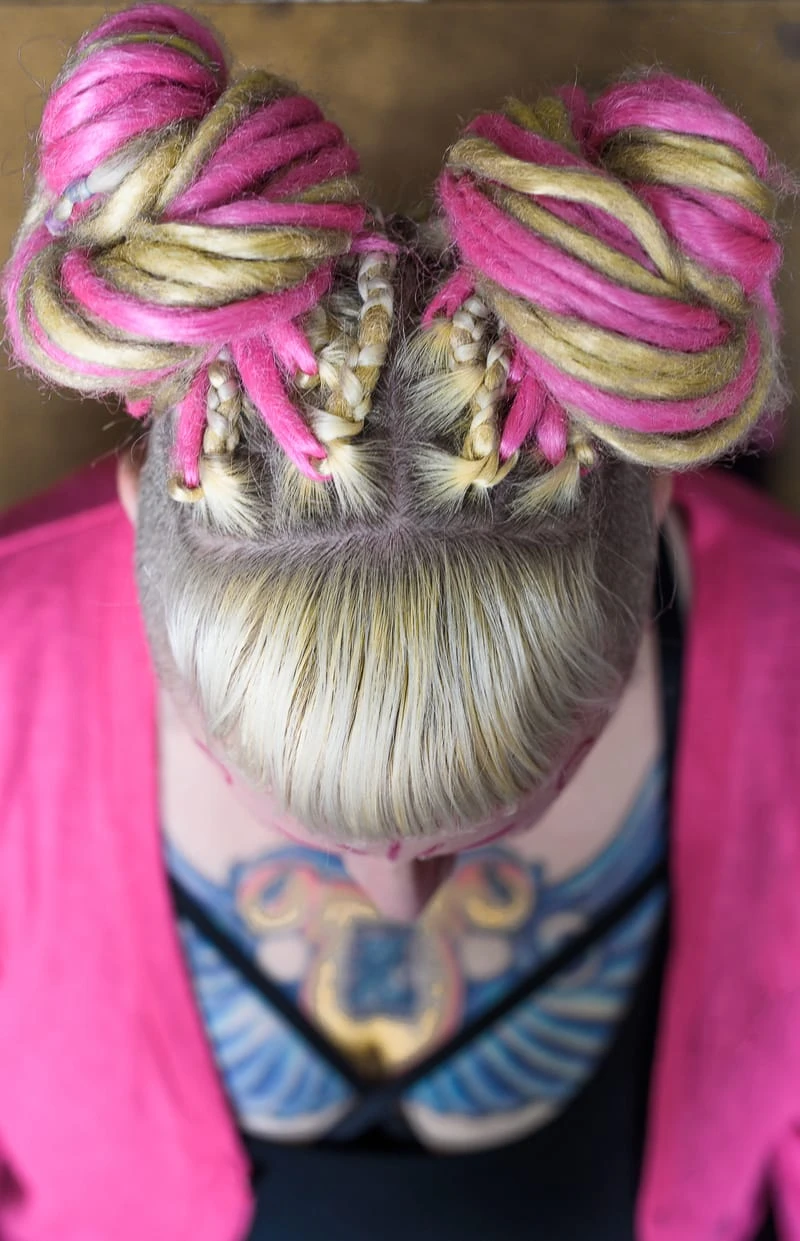
Misha - Photo by Rohina Hoffman
How did you come up with a project where you can combine your experiences as a neurologist with your photography skills? Could you tell us the beginning story of the Hair Stories project?
The project was rather organic in nature and happened to utilize both my skills as a neurologist, specifically my interviewing and observational skills, and my photography technique. I was working on another project -Mothers and Daughters- when I was noticing that some of the mothers often touched their daughters’ hair and the daughters would react. These little gestures conveyed so much. I knew then I needed to explore further.
Why is hair so important to you?
I have my own hair story which is the backbone of my identity and hence, the project. I always intrinsically felt that hair had a certain power even if I did not voice it.
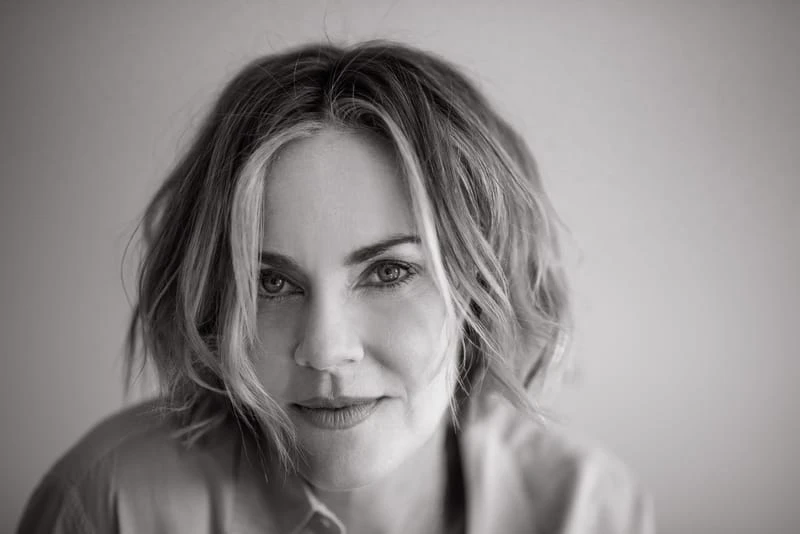
Natasha - Photo by Rohina Hoffman
Hair Stories is consist of interviews and color portraits of women who have stories to tell. How did you convince them to open up to you?
I trained as a neurologist so interviewing is second nature to me and was very helpful for this project. I asked women to share their stories by literally asking “tell me about your hair,” a very open-ended question, letting them lead. Then as the interview progressed, I would gently re-phrase something they had said or ask questions whenI had to clarify information. Forming a trusting relationship was key to eliciting personal stories, and I did that by listening empathically.
How long did it take to complete the project? What difficulties did you face?
I started the project in June 2016, and I did my last shoot in December 2017. The challenges I faced were sometimes just logistical – organizing shoots all over Los Angeles in people’s homes, not knowing what the lighting situation might be once I got there, or dealing with inclement weather. During the interview itself, it was sometimes difficult to simultaneously listen and come up with a visual solution for the portrait. As the project evolved, I became more confident and allowed myself permission to be more spontaneous and free. When it came time to make the book, Hair Stories, I had to choose excerpts from long interviews, and that was also challenging. I had a small village of people helping me including Jonathan Blaustein and Caleb Cain Marcus to guide me along the way in making the final product and am so indebted to them.
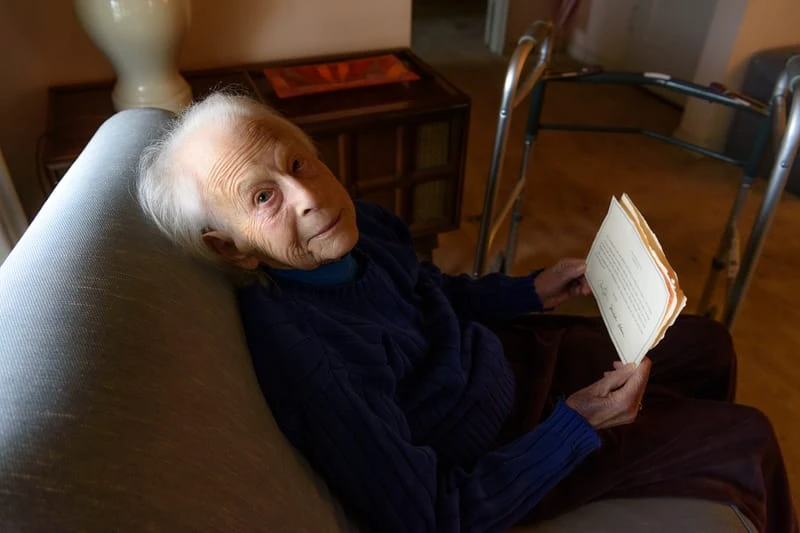
Naomi - Photo by Rohina Hoffman
Was there an interview and photo shoot that had a special meaning for you?
There are so many that are special, but two really stand out: Naomi was a 100-year-old woman that was just extraordinary. The shoot was special because she wanted to show me the birthday card she received from the Obamas when she turned 100 before Trump was elected. We decided to include it in her portrait. She passed away at 101, before the book was published, but I did get to email her and let her know she was going to be in it and that her image was a double spread. Another very poignant shoot was with Susan. She was a friend who has recently passed away. Susan spoke so articulately and passionately about embracing her baldness at the time and I sometimes re-listen to her whole interview when I miss her. She has many lessons to teach me still.
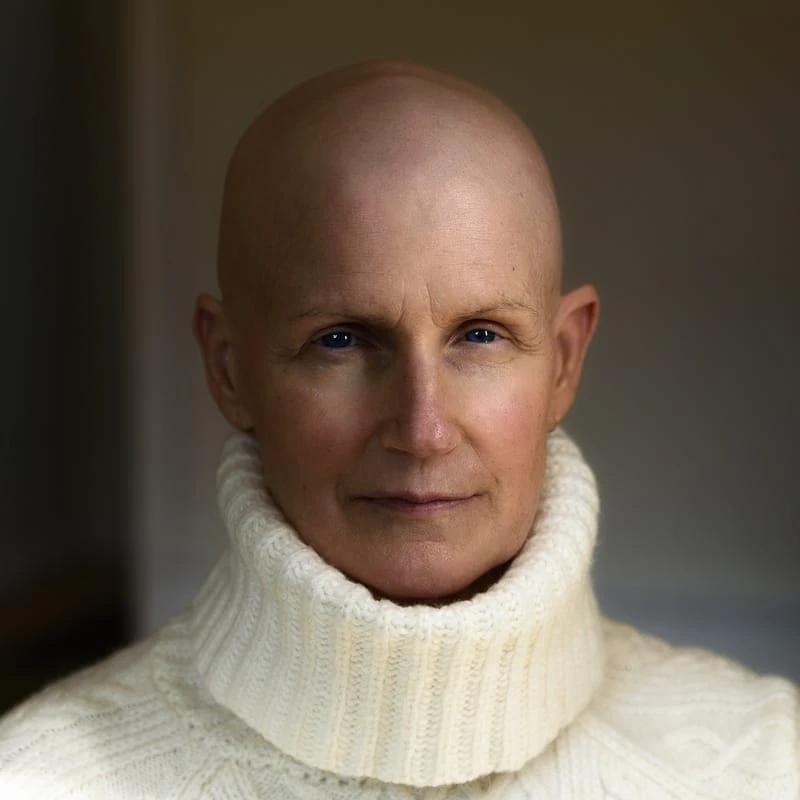
Susan - Photo by Rohina Hoffman
Could you tell us about the final form of the Hair Stories project?
The final project is a book, Hair Stories, published by Damiani (March 2019). There is a solo exhibition of the work ongoing through May 31, 2019 at Brown University’s Alpert Medical School in Providence, RI with a closing reception and book signing on May 24th 6pm-7:30pm.
The Warren Alpert Medical School of Brown University
222 Richmond Street
Providence, RI
There is also another book signing in Los Angeles at Arcana Books on the Arts, Culver City, Saturday, May 18, 2019 4-6pm.
Arcana: Books on the Arts
8675 Washington Boulevard
Culver City, CA 90232
www.arcanabooks.com
I also have a whole website devoted just to this project apart from my regular website at www.womenshairstories.com
What are the advantages of being an award-winning photographer? Could you tell us about the awards that you won?
The advantages of being an award-winning photographer are the exposure and the recognition of course. It is extremely gratifying to be rewarded in this manner. However, another very important advantage is that I am constantly pushing myself to try new things, submitting to juried shows, sending work to galleries, and that requires a certain amount of vulnerability. For every acceptance there are rejections, and that is part of the territory. Yet, that keeps me growing and part of a very vibrant artistic community. Some of the recent awards that I have won thus far include: 12th Julia Margaret Cameron Award Honorable Mention Portrait Category for series, Hair Stories (2018), Silver Medal in the San Francisco Bay International Photo Show (2018), Honorable Mention in Fine Art Category in the Tokyo International Foto Award (2016), and Honorable Mention in the Portrait Category Neutral Density Photography Awards (2016).
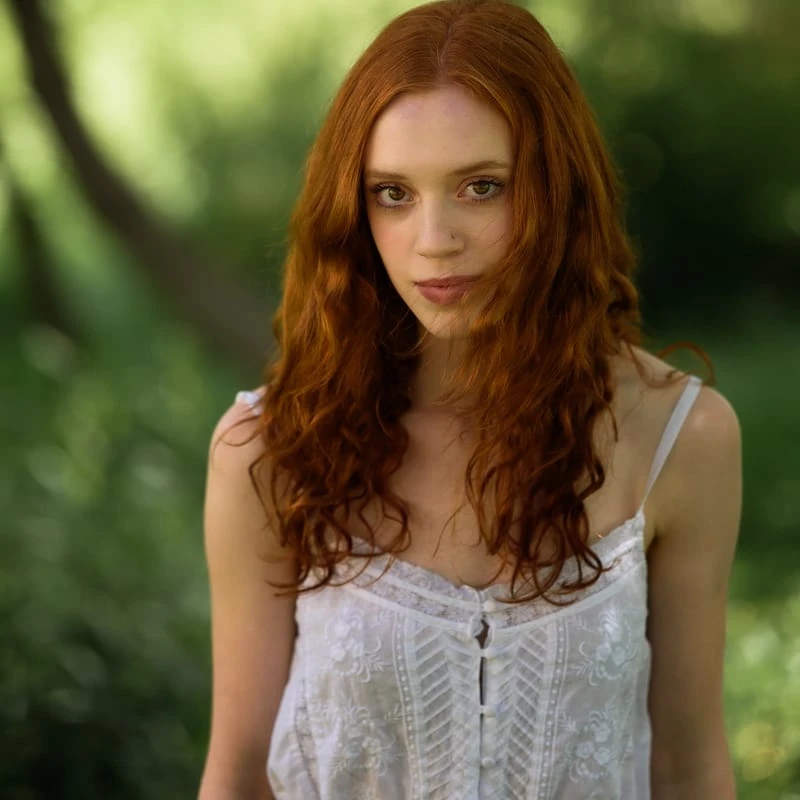
Sophie - Photo by Rohina Hoffman
Besides your awards, could you tell us about your exhibitions? How does it feel to accept congratulations?
Presently I have a solo show of Hair Stories at Brown University’s Alpert Medical School on view through May 31, 2019. The show consists of 15 portraits, captions, QR codes linking to audio excerpts, and an exhibition-specific board where viewers can leave their own hair stories. It feels good to accept congratulations, but I am a little shy by nature, so I am completely humbled in the process. If my work resonates with someone, I am completely overjoyed. If it does not, it is still okay. I will continue to make my fine art projects as I have a need to make them.
Besides fine art, what kind of projects do you prefer to work on?
Besides fine art, I love to photograph women and teenagers. Those are the two groups I find myself naturally gravitating towards, and I like to create fine art portraits of both. There is an inherent vulnerability in teenagers as they mature and I want to capture that. And for women, I relate to them and want them to be in my frame, be visible, noticed, validated, and celebrated.

Ang - Photo by Rohina Hoffman
What advice would you give to photographers who want to pursue a career in fine art photography?
My advice would be to create from your inner self, and you will make amazing things. No one can be you, and therefore you already have the recipe for making unique and interesting work. The other bit of advice I would give is to give yourself homework or to do lists and goals to accomplish and be persistent. There is something about the process of writing down thoughtful goals that help manifests them, slowly and surely.
What is your favorite photograph that you have ever taken?
Several years ago I took an in-camera double exposure of my twins. It was a close up of their faces. The expressions really captured their pre-teen personalities, and the double exposure was magic to me. I had the idea but was not sure I could execute it the way I wanted to, and the play and spontaneity involved revealed something even better than I imagined.

Twins - Photo by Rohina Hoffman
What do you think about social media? How can our readers follow you?
I think social media is a double-edged sword. I much prefer the authentic in-person connection. Maybe I am old fashioned in that way. Spending an afternoon with someone over a cup of tea or a glass of wine and conversation is my idea of a brilliant time. Social media cannot even come close to that type of connection, and sometimes I feel perpetuates some falsehoods. Yet, I have made some strong connections from far-flung places over Instagram and Facebook, precisely because of social media so I am grateful for its existence. Your readers can find me on @rohinaphoto
What is next for you?
I am working on finishing another fine art project called Generation 1.75 about my own experience and identity as an Indian American growing up in the U.S., and I am continuing to take commissioned work in LA. I would like to invite women over 40 living in Los Angeles to consider doing a fine art portrait shoot with me. You will feel empowered, and we will create beautiful work together as a result.
How can our readers buy "Hair Stories"?
The Hair Stories Book can be purchased on my website https://www.rohinahoffman.com (if you would like a signed copy) or on Damiani’s website https://www.damianieditore.com or at your favorite local bookstore or on Amazon.
Thank you Rohina for your time.
For more information, please click here to visit the website of Rohina Hoffman
This interview was conducted in a Question-and-Answer format. The answers were checked for grammar and punctuation and published without any additional editing. Monday, May 6, 2019. All photos are the property of their respective owners.